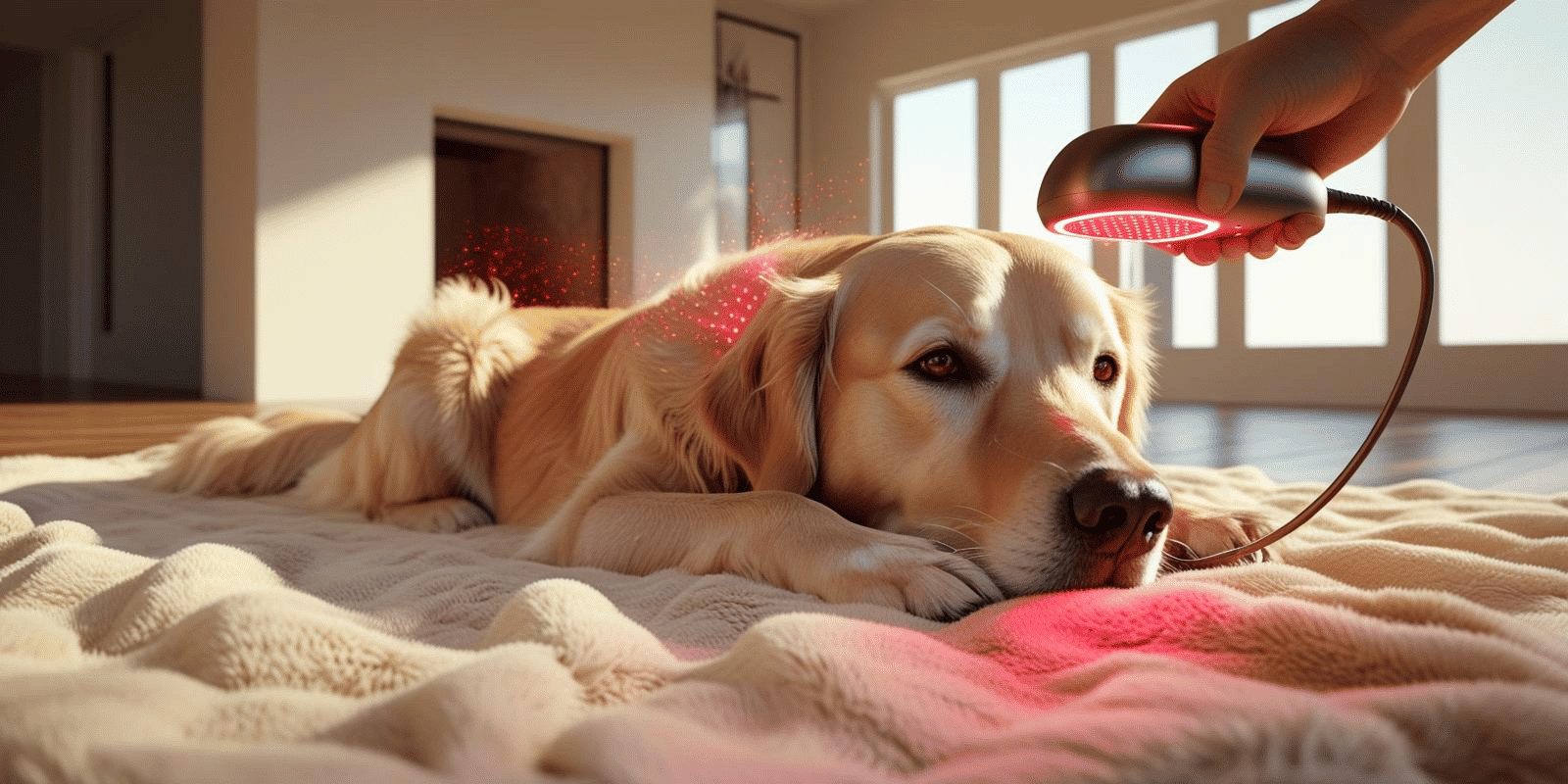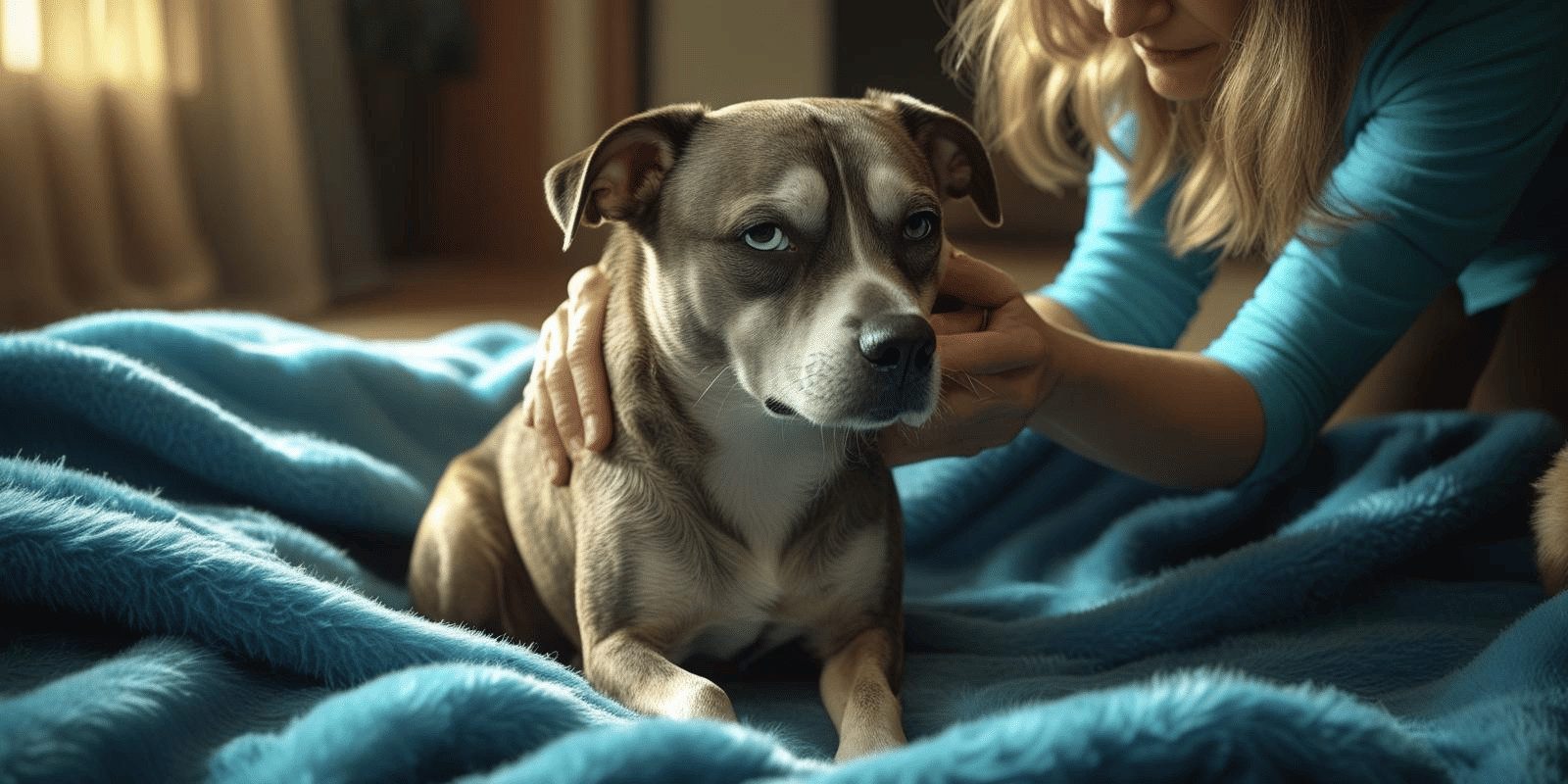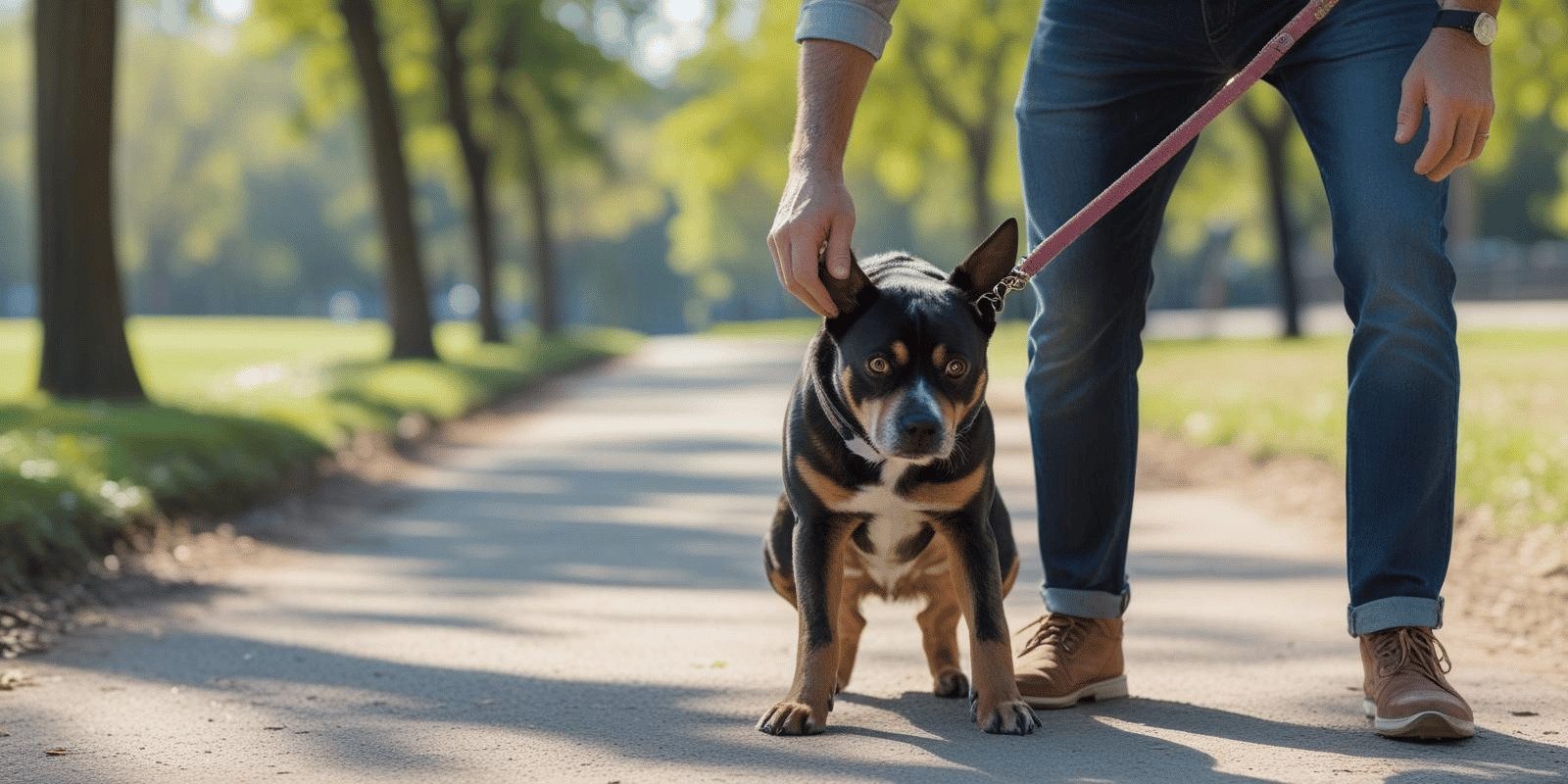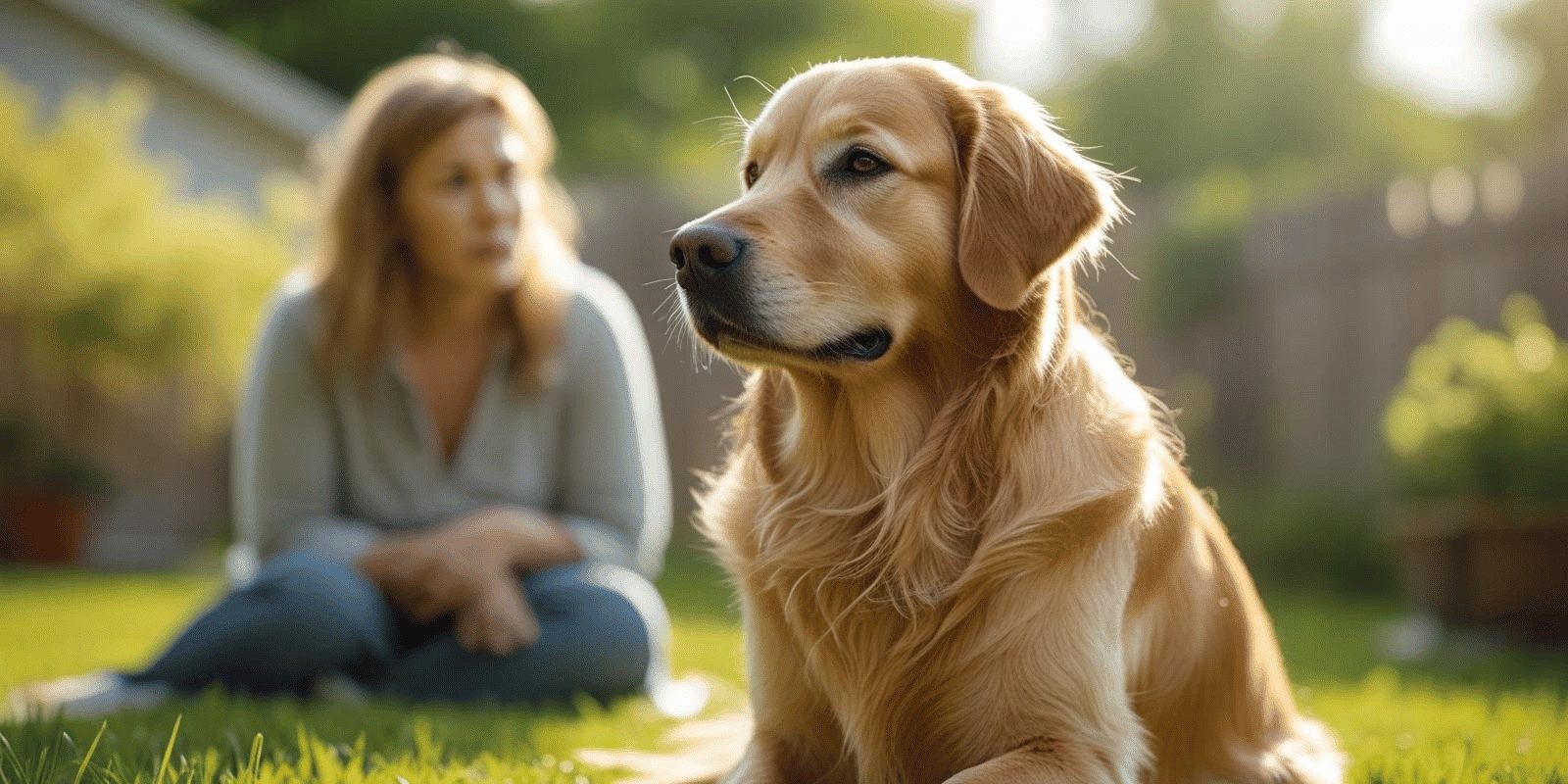How Much Does Dog Cremation Cost: Affordable Options
Losing a beloved dog can be one of the most challenging moments in your life. You want to honor their memory in a way that feels right for you and your family. One option you might be considering is cremation. But how much does dog cremation cost, and what factors influence this expense? Understanding the financial aspects can help you make a thoughtful decision during this emotional time. We’ll break down the costs associated with dog cremation, including different types of services and what you can expect in terms of pricing. Whether you’re looking for a communal cremation or a more personalized private option, you deserve to know what’s available and what it will mean for your budget. By the end of this post, you’ll have a clearer picture of the costs involved, allowing you to make the best choice for your furry friend. Keep reading to find out everything you need to know about dog cremation costs and how to honor your pet’s memory. Credit: furreverfriends.com Factors Affecting Cremation Costs Understanding the costs of dog cremation is important for pet owners. Several factors influence the total price you will pay. These include the size of your dog, the type of cremation, and additional services. Size Of The Dog The size of your dog greatly affects cremation costs. Larger dogs require more resources and time for cremation. Thus, the fees are typically higher for bigger breeds. Smaller dogs usually cost less to cremate. Type Of Cremation There are mainly two types of cremation: communal and private. Communal cremation is less expensive. In this option, multiple pets are cremated together. Private cremation is costlier but allows you to receive your pet’s ashes. This choice offers a more personal experience. Additional Services Extra services can also influence the total cost. Many facilities offer urns or memorial items. Choosing an urn adds to the overall expense. Some pet owners may want a memorial service, which can increase costs further. Location The location of the cremation service matters. Prices can vary by region and city. Urban areas often have higher prices than rural locations. Research local options for better pricing. Transportation Fees Transportation fees may apply if you cannot take your dog to the cremation facility. Some services offer pick-up options, which can add to your costs. Always ask about these fees beforehand. Types Of Dog Cremation Understanding the types of dog cremation helps you make an informed choice. Each option has its own features and costs. Knowing these can ease your decision during a tough time. Communal Cremation Communal cremation involves multiple pets being cremated together. This option is the most affordable. You will not receive your pet’s ashes back. Many choose this for its lower cost. Private Cremation Private cremation means your pet is cremated alone. This guarantees the return of your pet’s ashes. This option costs more, but it offers a personal touch. Many pet owners find comfort in this choice. Cost Factors Several factors affect the cost of dog cremation. The size of your dog plays a big role. Larger dogs typically cost more to cremate. The type of cremation chosen also matters. If you want an urn or memorial item, that adds to the cost. Each of these details influences the final price. Knowing these factors helps in planning your budget. Private Vs Communal Cremation Private cremation ensures your pet is cremated alone, allowing for the return of their ashes. This option is more expensive than communal cremation, where multiple pets are cremated together. Factors like your dog’s size and additional services affect the overall cost of dog cremation. When the time comes to say goodbye to your beloved dog, one of the significant decisions you’ll face is how to handle their remains. Private vs Communal Cremation is a key consideration in this process. Understanding the differences between these two options can help you make a more informed decision that aligns with your values and budget. Private Cremation Private cremation offers a personalized experience. In this option, your dog is cremated individually. This means you will receive only your pet’s ashes back, allowing for a more intimate memorial. This process can be comforting. You know your dog was treated with dignity and respect. The cost is generally higher, ranging from $200 to $500 depending on various factors. You might also want to consider purchasing an urn or other memorial items. This adds to the overall cost but provides a beautiful way to honor your pet’s memory. Communal Cremation Communal cremation is a more budget-friendly option. Here, multiple pets are cremated together. As a result, you will not receive your pet’s ashes back, as they are mixed with those of other animals. This option can be less expensive, often costing between $50 to $150. It serves as a compassionate choice for those who want to provide a respectful farewell without incurring high costs. While it may not offer the same personal touch as private cremation, some owners find solace in knowing their pet is not alone in their final journey. Factors Affecting Costs Several factors influence the cost of dog cremation. Here are some of the key elements to consider: – Size of the Dog: Larger dogs typically incur higher fees due to the additional resources required for cremation. – Type of Cremation: Choosing between private and communal cremation will significantly impact the cost. – Additional Services: Options like urns, memorial services, or viewing can add to the total expense. Understanding these factors can help you budget appropriately and make the best choice for your pet and yourself. Choosing between private and communal cremation is a deeply personal decision. What feels right for you and your dog? Taking the time to consider your options can lead to a decision that honors your pet’s memory in a way that feels meaningful. Average Cost Of Dog Cremation Understanding the average cost of dog cremation helps pet owners prepare. The price can vary widely based on several factors. Knowing these factors can … Read more










